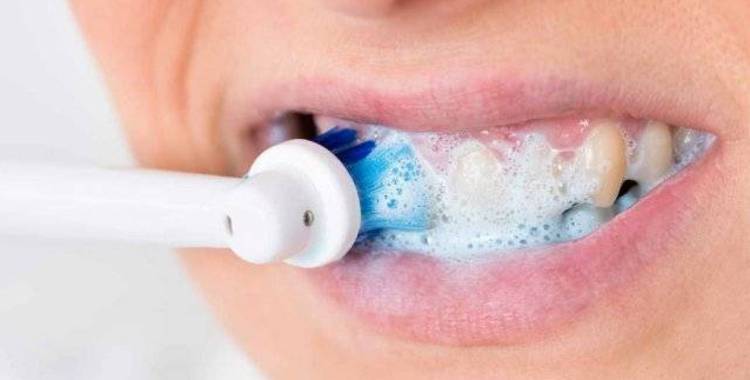- Home
- About us
- Treatments
- Emergency Dental Treatment
- Services
- Contact Us

In order to keep your gums healthy you need to remove the daily build up of plaque from all the surfaces of your teeth by -
- Brush your teeth twice daily with flouridated toothpaste not only to maintain dental hygiene but also to improve your general health.
- Do not brush your teeth too hard as this can damage your gums, ask your dentist or hygienist to show you the correct technique.
- Floss your teeth, as a toothbrush doesn't always reach into the gaps in between the teeth or below the gum line.
If the daily build up of plaque is not removed this can lead to the first stages of gum disease 'Gingivitis'
Gingivitis is caused by sticky bacteria which are known as 'plaque'. Plaque collects in the small gaps between the gums and the teeth and if not removed by regular brushing & flossing will multiply by feeding on sugars found in your food and drink.
This can lead to -
Bleeding when brushing or flossing your teeth is the earliest and most common sign of gingivitis. Gingivitis is reversible if treated by a hygienist or by improved brushing and flossing techniques. However, if left untreated you will develop the later stages of gum disease, which is known as 'Periodontal Disease'.
Periodontal Disease is the later stages of gum disease. This is when the bacteria infection under the gums progresses deeper and affects the bone and tissue supporting the tooth.
Your gums will –
The infection damages the tissue that connects the gum to the roots of the tooth. Once the tissue has been destroyed the gum pulls away from the tooth, this forms a pocket which bacteria thrive in. If not treated, in time the bone anchoring the teeth in the jaw will dissolve, making the teeth loose and eventually the teeth will fall out
Periodontal disease is irreversible, but you can slow down the progression by regular visits to the Dentist and Hygienist also improving your oral hygiene at home.
"Any surgical or invasive procedure carries risks. Before proceeding, you should seek a second opinion from an appropriately qualified health practitioner."